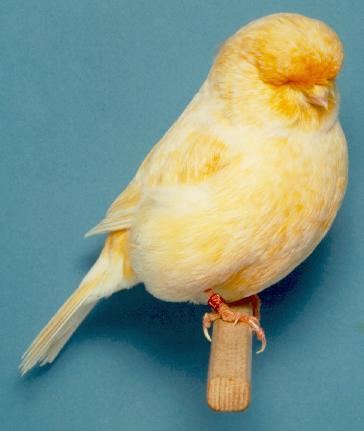
CANARY CROSSES
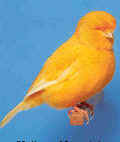
This group is the largest, the Canary cock has been used to produce hybrids with most finches these birds are commonly called Mules, and crosses using two finches are called Hybrids even though all crosses of different species are hybrids, Canary cross any other have commonly been called Mules to show that one parent is a canary
BREEDING PAGES CLICK HERE
Most canary types are used in the production of Mules for various reasons exhibition, song, colour or just pure chance the best canary types to use are :
EXHIBITION
in Britain if you want to succeed on the show bench you must breed mules using the yellow Norwich canary this gives the size required and also the colour.
COLOUR
on the continent the emphasis appears to be colour and not size, the Red Factor or Colour canary produces the best range and depth of colour, coloured hens can be bred and are pretty in there own right using Colour Canary's.
NEW SPECIES
new species can be produced from mules & hybrids, occasionally a mule or hybrid is found to be fertile and if then it is bred it creates a new species. The Red Factor canary itself originated from a mule a Canary X Red Hooded Siskin. Lots of breeders on the continent breed mules every year trying to create a new type of bird or by crossing birds like the Redpoll to the Twite for example and finding a fertile offspring then pairing that back to the Twite it may be possible to breed the Twite in the many colours that are now available in the redpoll here in Britain we don't cross any other species together other than two native species I feel that we need to open our eyes to what is being achieved around the world and start to experiment with other variety's the possibilities are endless.
SONG
this was the original purpose of cross breeding the canary with finches, if the young mules were moved away from canary's after weaning and kept in hear shot of the finch. the young mules would sing pure finch song. The best canary to use for this purpose would be any of the roller type of Canary as they have the biggest range of notes and the sweetest song, this crossed with the finch makes these birds most sought after, two finches are commonly used for the production of singing mules the Linnet and the Goldfinch, the mule hens are of no use.
BUFF NORWICH CANARY
YELLOW NORWICH CANARY
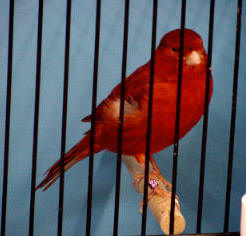
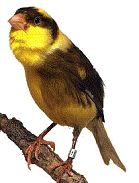
COLOUR CANARY
ROLLER
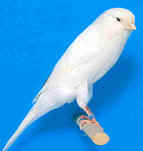
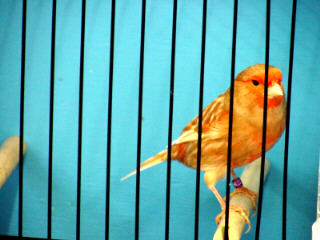
YORKSHIRE
SATINETTE CANARY
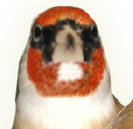
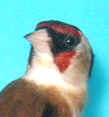
PEA THROAT GOLDFINCH
CHEVERAL GOLDFINCH
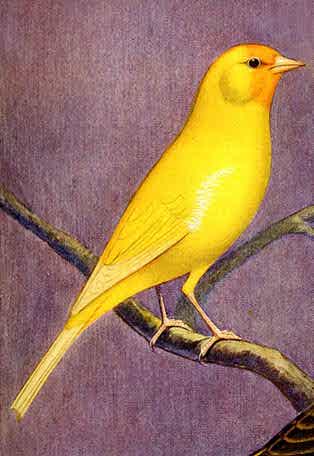
If one had to pick any type of mule to breed that would win on the show bench and create the most interest it would have to be the clear Linnet or Goldfinch mule with good size, bred using a Norwich not the colour forms of the Colour Canary that produce a similar bird, some people believe that the production of clear Goldfinch Mules would be made easier if the pea throat or cheveral Goldfinch is used but this has never been proved.
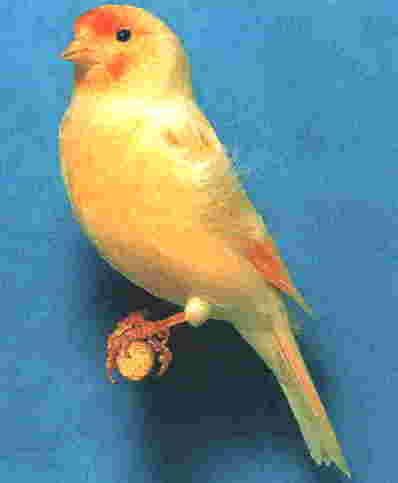
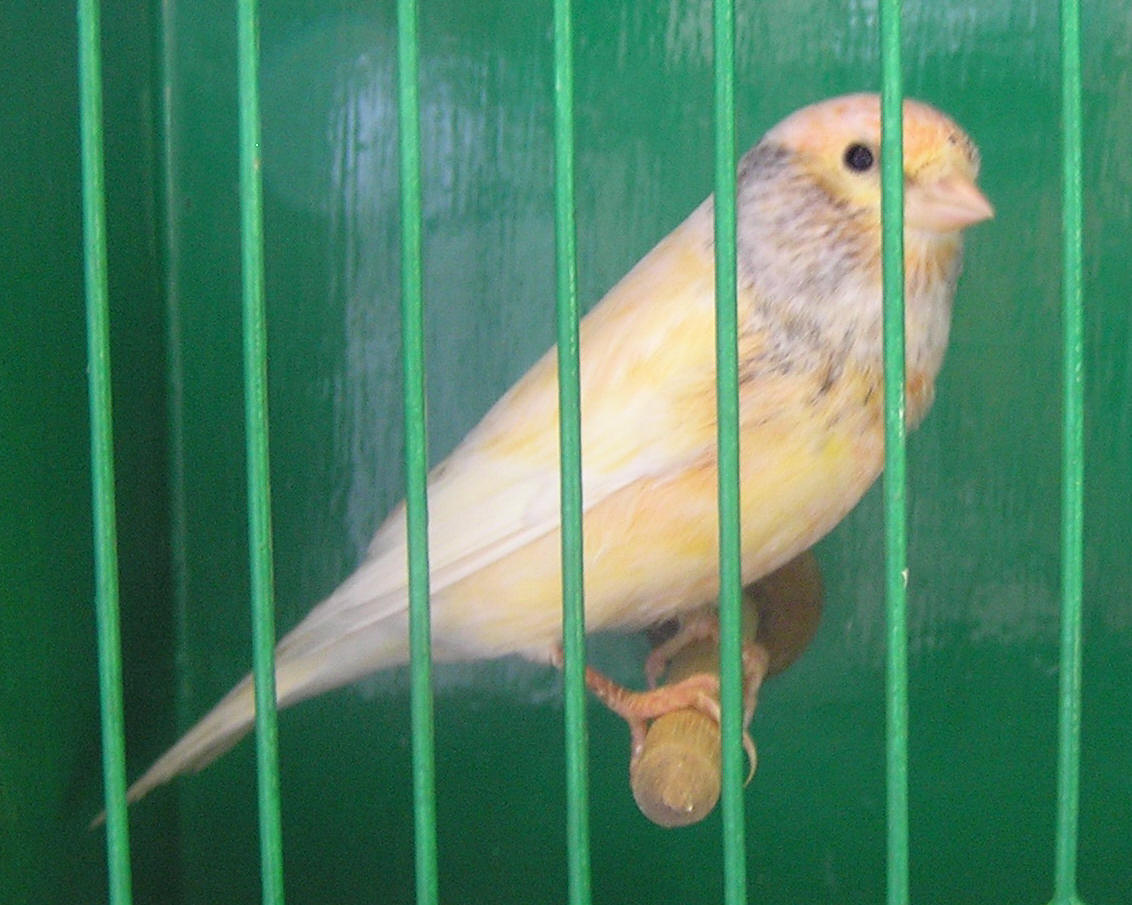
This bird was bred by a Novice Exhibitor and shown at London & Home Counties show in February 2008, picture supplied by John Ball
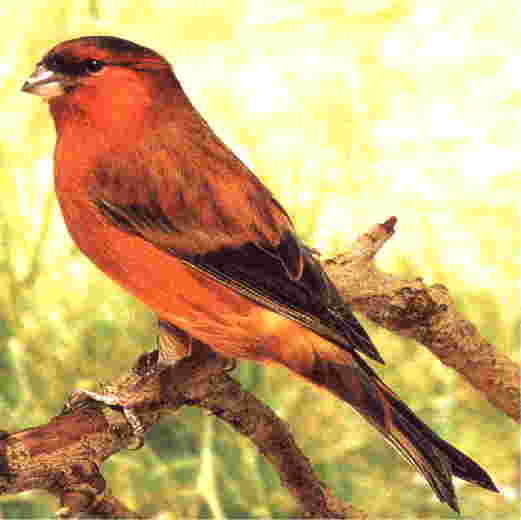
The Canary x Bullfinch is the most brightly coloured of the canary crosses when colour fed and does very well on the show bench especially when crossed with the yellow Norwich Canary. It is a very difficult bird to breed like all the Bullfinch crosses but well worth the effort


This must be the most popular of all mules bred each year but is not bred this way round very often, it is much easier to use a Goldfinch cock. Always use varigated or dark canary cocks if possible as clears produce odd light feathers and spoil the bird for the show bench, as light feathers are classed as a fault. The bird on the right is a satinette goldfinch Mule this is not a clear mule. If one looks at the back you can see penciling all over, this denotes satinette, very easy to produce not like the clear mule, with the colours now available of goldfinch cocks, there are lots of unusual and interesting coloured goldfinch mules starting to be produced but a good dark mule is still the one that will win on the show bench.
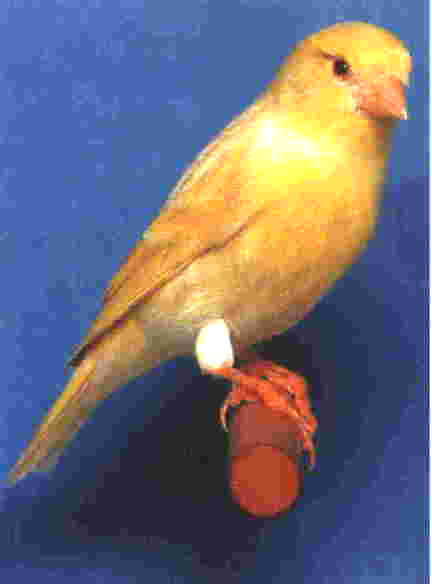
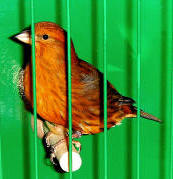
Another really nice colorful mule that has size and colour again as with the rest easier bred the other way round not easy to breed.
Hens show distinct pencilling on the chest, Cocks chest are clear.
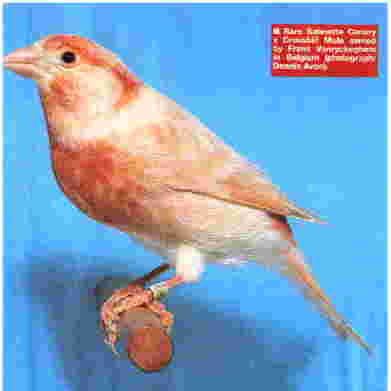
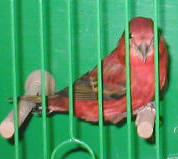
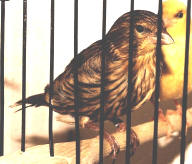
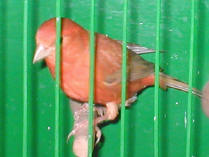
Juvenile Hen Bred by Ron Phillips in 2002
CINNAMON CANARY X CROSSBILL UFTD COCK Bred by Harry Mountford 2004

This Linnet Mule is a hen bird it is what's called a colour variant mule the colour being cinnamon it has been bred using a cinnamon canary cock crossed with a normal linnet hen it makes a very attractive bird worth attempting all the cocks would be normal coloured dark mules like the one on the right again easier bred the other way round
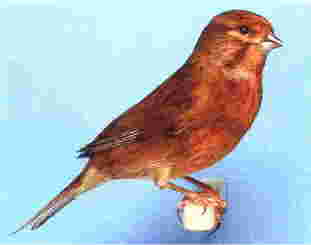
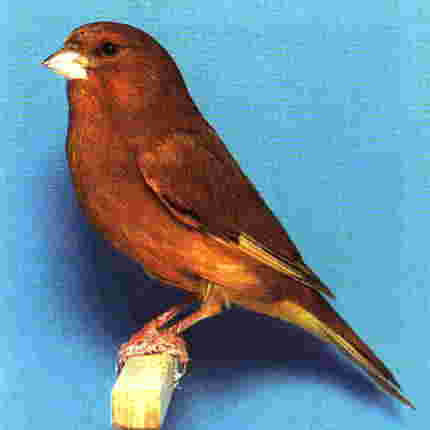
Canary x Greenfinches can be bred in lots of colour forms because of the amount of colour varieties of greenfinches that are available, easier to breed this way round in cage or aviary as the cock greenfinch is less willing to hybridize than most other types of finch cock.
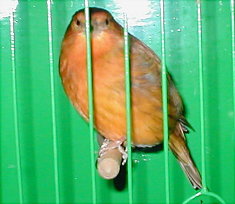
again best bred the other way round see Siskin x Canary
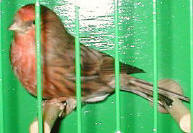
again best bred the other way round see Redpoll x Canary
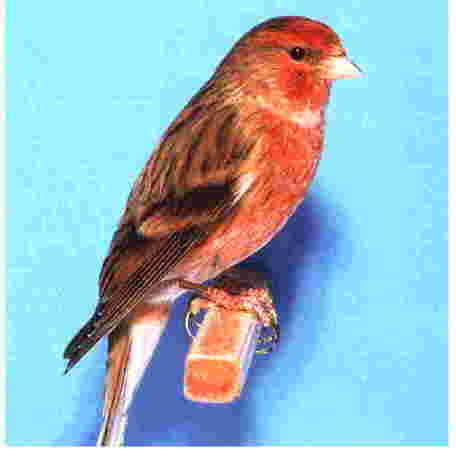
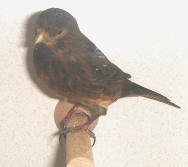
again best bred the other way round see Twite x Canary these birds were bred by Ron Phillips
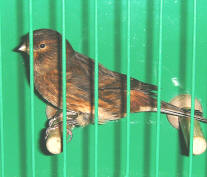
has been produced on only 2 occasions